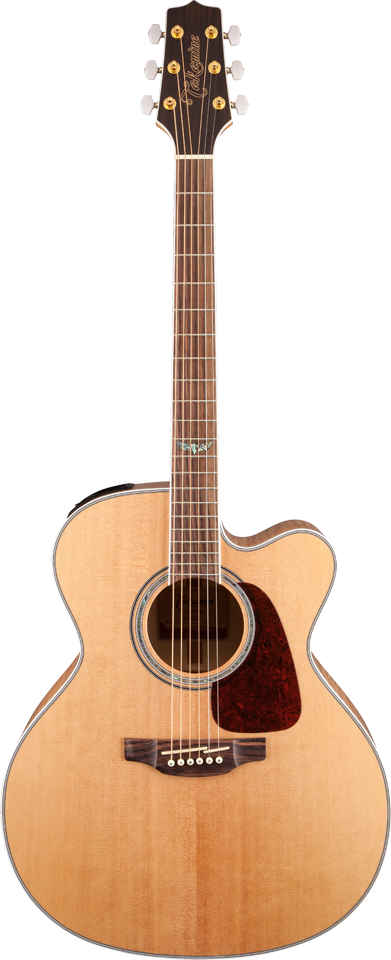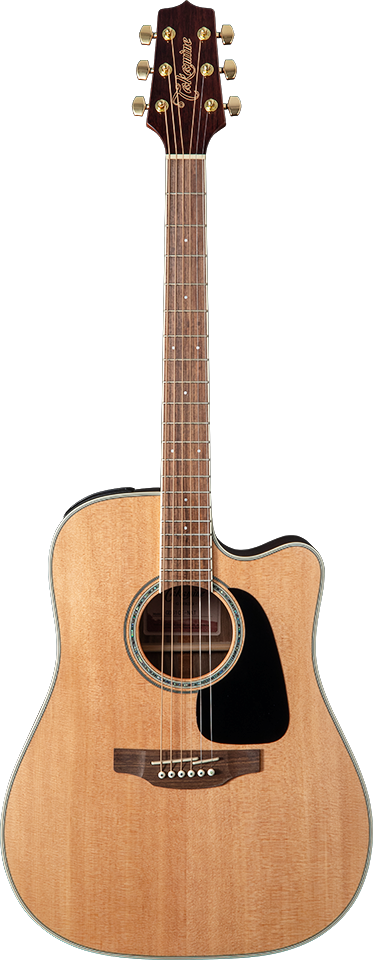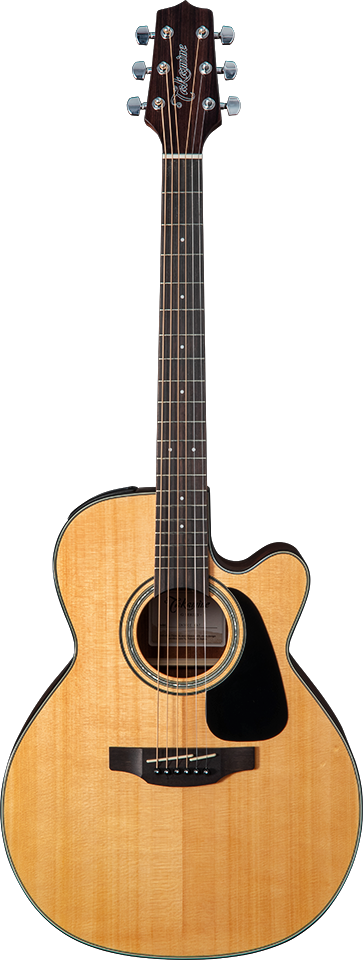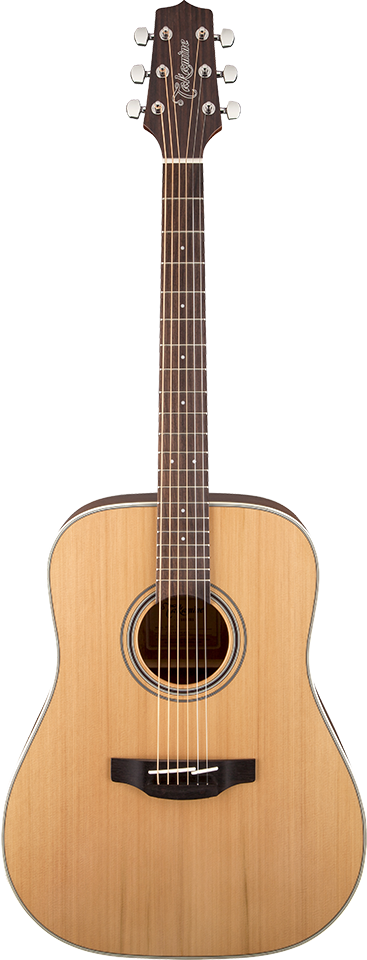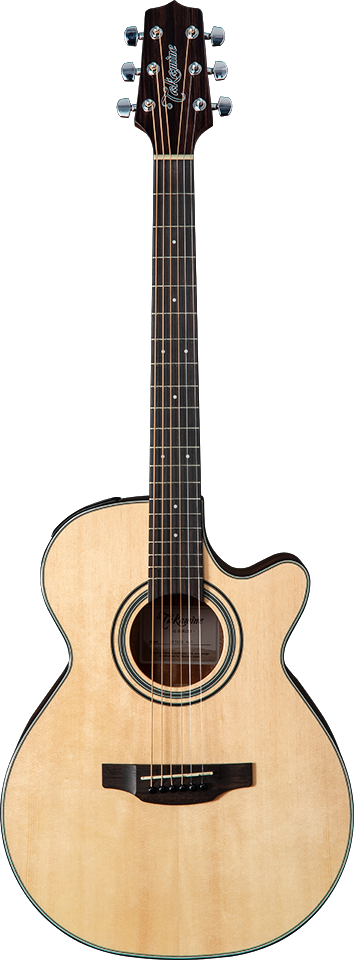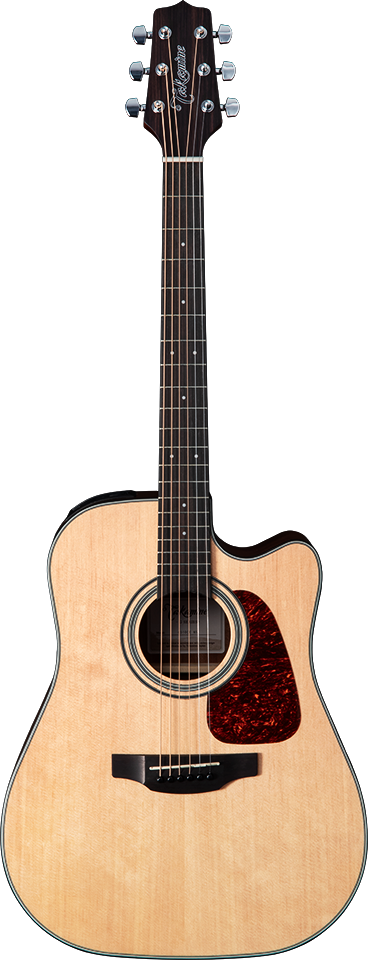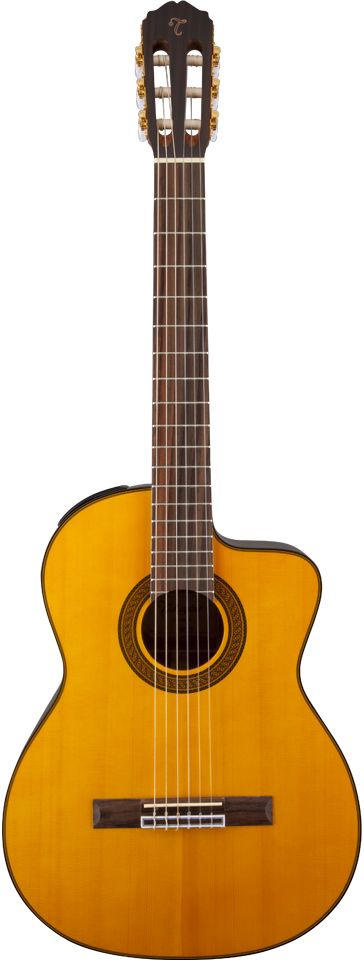For more than half a century, Takamine has proudly dedicated itself to the art of fine guitar craftsmanship. With humble beginnings in 1959 as a small family-run guitar shop nestled at the foot of Mount Takamine in the central Japanese town of Sakashita, the fledgling company took the mountain’s name in 1962 and began in earnest the journey that led to the phenomenal success that is the modern Takamine company.
Takamine Artist
The reliability and quality of Takamine guitars attract popular artists all around the world. Lots of well-known artists love performing with Takamine guitars, like Jon Bon Jovi, Bruno Mars and Eagles!

Jon Bon Jovi
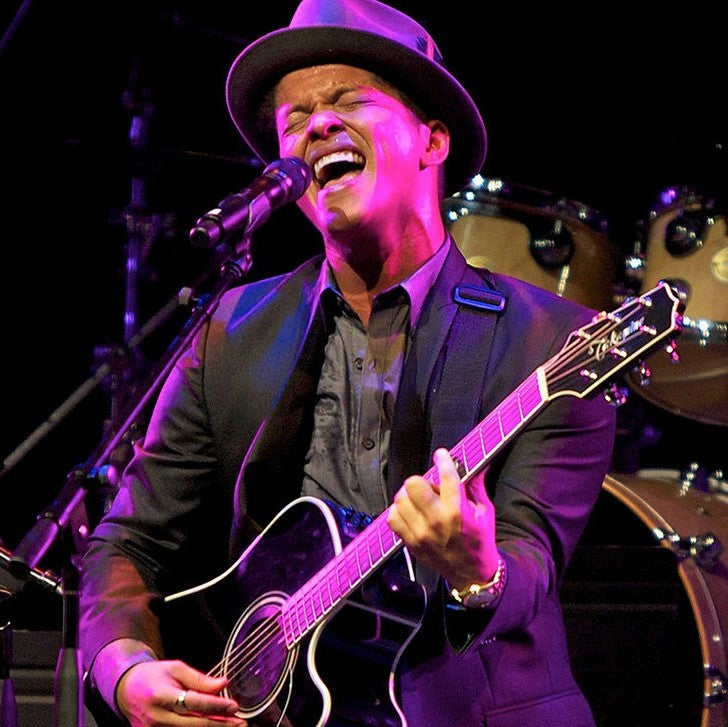
Bruno Mars

Glenn Frey - Eagles
CRAFTSMANSHIP
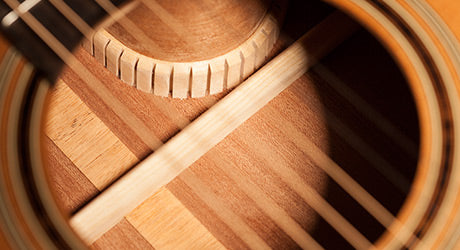
The Delicate Soundboard Balance
Spruce and cedar soundboards have been used for well over a millennium, and the modern bracing system has been around for at least 150 years. We use a traditional “X” bracing pattern on our steel-string models, differently voiced for each application. Rather than make any radical departures, we make many small changes that add up to a significant difference in volume, balance and richness. Takamine® soundboards are braced and voiced by hand—by tapping each top, a skilled luthier knows just how to shape the braces for the best possible response.

The Fret Secret
Most guitar makers don’t give frets enough credit—or attention. A good fret job can help a player reach new heights. Examine the frets on a Takamine. What you see is the work of a laser-guided fret finishing system that levels and crowns each fret to within 0.0001” of dead-on. Fret a note, notice how the string contacts the center line of the fret perfectly, and hear the clarity when you play. A good fret job can be the difference between a nice guitar and a great guitar.
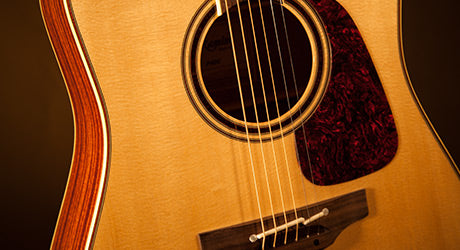
Body Talk
With their many distinctive curves, guitar bodies accommodate a wide range of frequencies. Different body shapes favor different frequencies, giving them a distinct tonal character. Dreadnoughts are typically louder, with stronger lows. Smaller bodies, such as our NEX, tend to be more balanced. A thinner body may project less but sound more pleasing. Play as many sizes as you can with comfort and sound in mind. Your choice is very personal—what sounds and feels best to you.
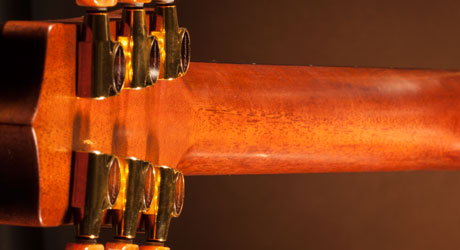
User-friendly Neck Shape
Takamine necks have an asymmetrical “C” shape—an ergonomic contour slightly thinner on the bass side of the neck so that it fits the natural shape of your hand. Overall, it’s thin from front to back and medium in width, with a gentle fingerboard arch. Perfectly comfortable.
CRAFTSMANSHIP
The Delicate Soundboard Balance

Spruce and cedar soundboards have been used for well over a millennium, and the modern bracing system has been around for at least 150 years. We use a traditional “X” bracing pattern on our steel-string models, differently voiced for each application.
The Fret Secret

Most guitar makers don’t give frets enough credit—or attention. A good fret job can help a player reach new heights. Examine the frets on a Takamine. What you see is the work of a laser-guided fret finishing system that levels and crowns each fret to within 0.0001”
Body Talk

With their many distinctive curves, guitar bodies accommodate a wide range of frequencies. Different body shapes favor different frequencies, giving them a distinct tonal character. Dreadnoughts are typically louder, with stronger lows. Smaller bodies, such as our NEX, tend to be
User-friendly Neck Shape

Takamine necks have an asymmetrical “C” shape—an ergonomic contour slightly thinner on the bass side of the neck so that it fits the natural shape of your hand. Overall, it’s thin from front to back and medium in width, with a gentle fingerboard arch. Perfectly comfortable.
Takamine G Series
Throughout G10, 15, 30, 50 & 90 series, the beautiful tone and smooth playability with the latest in pickup and preamp design is a hallmark of this impressive collection of instruments.







